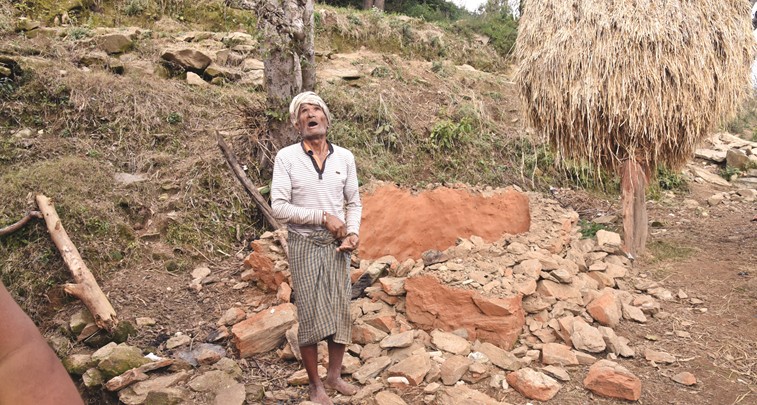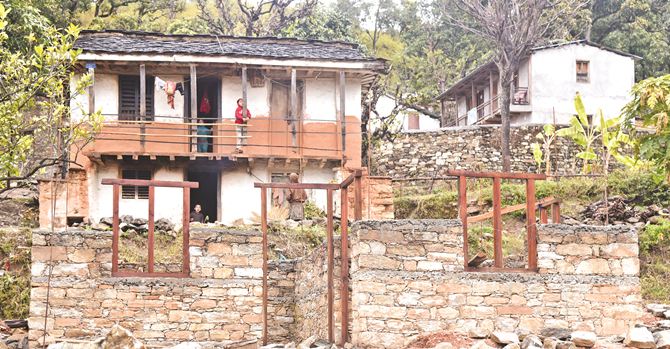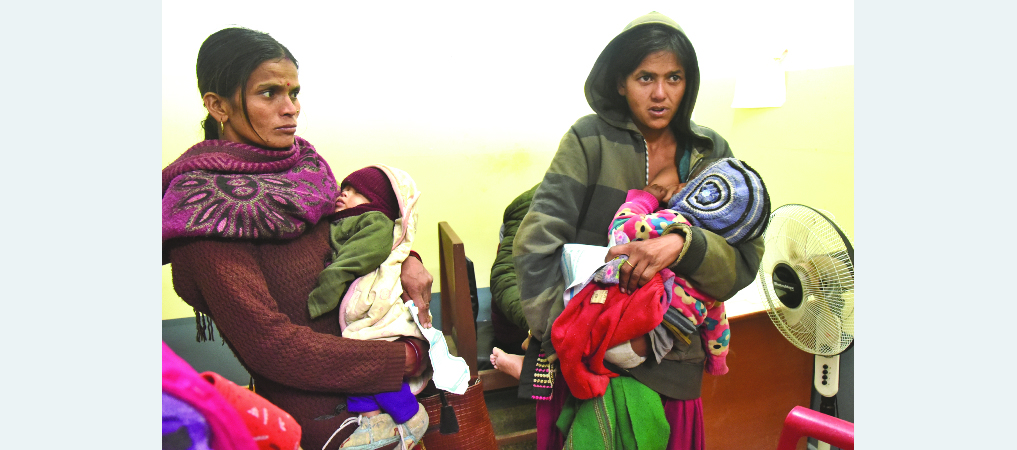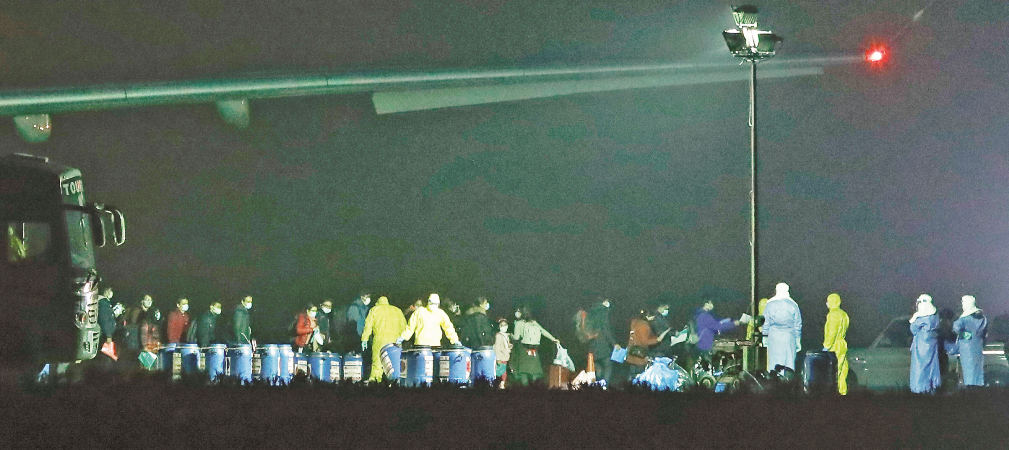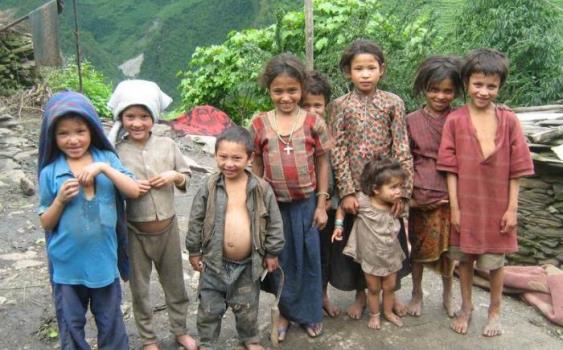Appreciable Handling Of COVID Crisis By Local Levels
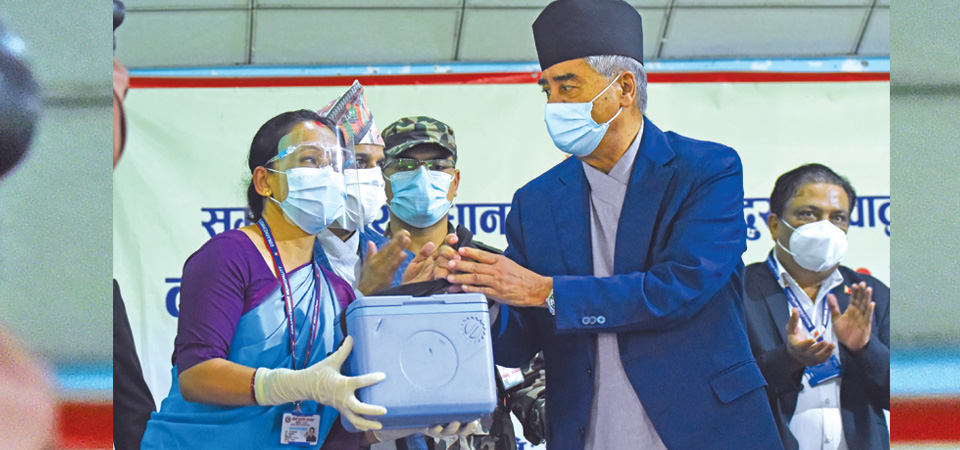
Over two years has passed since the COVID-19 pandemic hit the world including Nepal. For Nepal, it was like another unexpected crisis, while still grappling with the post-disaster recovery efforts of the 2015 earthquake. Being unprepared for an unexpected pandemic of such a scale, the early days were filled with scariness in everyone while the government was trying its best to cope with the situation. When the first COVID-19 case in Nepal was detected on January 23, 2020, the government was in a state of shock and so were the people. The government swiftly acted, mobilised relevant institutions and created different committees and task teams for preparedness and response to COVID-19. Looking back after two years, and with thanks to the technology and eventually the development of COVID vaccine, the three tiers of governments-federal, provincial and local- continue to put in lots of effort to tackle this pandemic.
Local government efforts
With the pandemic situation evolving globally and following the World Health Organisations (WHO) guidance and practices in other countries, the federal government announced the nationwide lockdown to contain the COVID-19 beginning 24 March 2020. The federal government also directed the provincial and local governments to remain vigilant of the pandemic.
Newly installed in 2017 under the new federal system, as a prompt response, the local level governments stepped up efforts to battle COVID-19 and started to set up quarantine and isolation centers and other support to the people. They took initiatives to make their municipalities safer by putting in place measures as per direction from the federal level- like contact tracing, testing and ramped up their preparations and effort to stay protected against the virus.
The Constitution of Nepal assigns rights related to basic healthcare services to local governments. The health sections in each of the municipalities are to manage and monitor activities related to the delivery of basic healthcare services, such as preventing a pandemic. This pandemic has proved that the local governments are in fact the closest when it comes to responding to emergency and reaching people faster.
The COVID-19 quarantine centers set up in the local municipalities, proved useful to house those migrant returnees who had returned home after unseen consequences of lockdown, including in neighboring India. Local governments, health staffs and representatives and the security personnel maintained vigilance and supported and monitored the quarantine stay of people before integrating them into the community. The locally-set up quarantine facilities remarkably helped prevent the spread of virus.
Later after months, when the central government eased the lockdown and finally opened international borders, people from foreign countries started to return. The local government kept the returnees in quarantine centers and supported in various ways, including municipalities of Terai that shares border with India. During the COVID-19 first wave in 2020, the local level governments tried their best to follow steps to prevent the spread of COVID-19. The proactive initiatives taken by the local governments and tireless efforts of health workers, doctors and nurses was appreciated by all.
During the second surge of COVID-19 in 2021, the province and districts put in prohibitory orders and lockdowns in place as per new policy considering the infection risks. In the second wave, many people required hospital admission with medical oxygen. The local level coordinated with the provincial and central hospitals and local hospitals to manage the COVID-19 patients as well as oxygen. Municipalities along Nepal-India border conducted health screening at the points of entries. Moreover, the local governments also arranged ambulances to take the patients to the hospitals.
Test and Treatment
Testing was only the way to find the prevalence of the COVID-19, for that the local levels sent collected samples to the health laboratories that operated under the central or provincial governments. Earlier, there was only the National Public Health Laboratory in Kathmandu for PCR testing. Now, there are 104 PCR-testing laboratories across the nation including 59 government and 45 private labs. Earlier, the government had designated Sukraraj Infectious and Tropical Disease Hospital in Kathmandu as the primary hospital for COVID treatment, along with two others hospitals. Now, the COVID-19 designated hospitals number have reached 78 covering all districts.
Public awareness drive
In the time of natural disaster or health crisis, disseminating correct information and education to the public is an effective measure to contain and prevent its negative impact, such as preventing spread of disease. With the onset of the COVID-19, many people were misguided by the myths and fake news that created tension, misunderstanding and panic. The local governments helped in dissemination of correct information on COVID-19 prevention and health protocols through public awareness campaigns using texts, audio and video platforms such as newspapers, flyers, radio and television which helped to break the transmission chain. The campaign urged people to follow health protocols and guidance such as staying indoors, washing hand with soap and water frequently, keeping social distance, wearing masks. At the local level, the municipalities mobilised female community health volunteers (FCHVs) for awareness drive and later for vaccination.
Vaccination campaign
Nepal launched its vaccination campaign against COVID-19 on January 27, 2021 with operational committees and task forces formed at the federal, provincial, districts and local levels. The government has delivered 35,575,714 doses vaccinating 72.6 per cent of the total population with the first dose, and 56.7 per cent with the second dose of COVID-19 vaccines. It has also provided additional doses to 754,588 people, as of 15 February. The government has also proactively secured required doses of vaccines through diplomatic negotiations and direct procurement. To date, Nepal has received 47,882,800 doses of COVID-19 vaccines from various sources.
With the smooth supply of vaccines, the government has successfully demonstrated a rapid rollout of COVID-19 vaccination. At the community levels, health workers played significant role in the campaign including raising public awareness, mobilising FCHVs, and door-to-door campaigns in support of eligible citizens to get vaccinated. The health sections of the municipalities across the country continue to actively support COVID-19 vaccination campaigns ongoing for first and second vaccine doses for target groups as specified by the Health Ministry.
Now, as the government is intensifying the nationwide vaccination campaign with target of inoculating all people above 18 years of age by mid-April 2022, the local levels continue to play a key role for its success.
(Rijal is a Journalist at TRN.)
Recent News

Do not make expressions casting dout on election: EC
14 Apr, 2022
CM Bhatta says may New Year 2079 BS inspire positive thinking
14 Apr, 2022
Three new cases, 44 recoveries in 24 hours
14 Apr, 2022
689 climbers of 84 teams so far acquire permits for climbing various peaks this spring season
14 Apr, 2022
How the rising cost of living crisis is impacting Nepal
14 Apr, 2022
US military confirms an interstellar meteor collided with Earth
14 Apr, 2022
Valneva Covid vaccine approved for use in UK
14 Apr, 2022
Chair Prachanda highlights need of unity among Maoist, Communist forces
14 Apr, 2022
Ranbir Kapoor and Alia Bhatt: Bollywood toasts star couple on wedding
14 Apr, 2022
President Bhandari confers decorations (Photo Feature)
14 Apr, 2022



